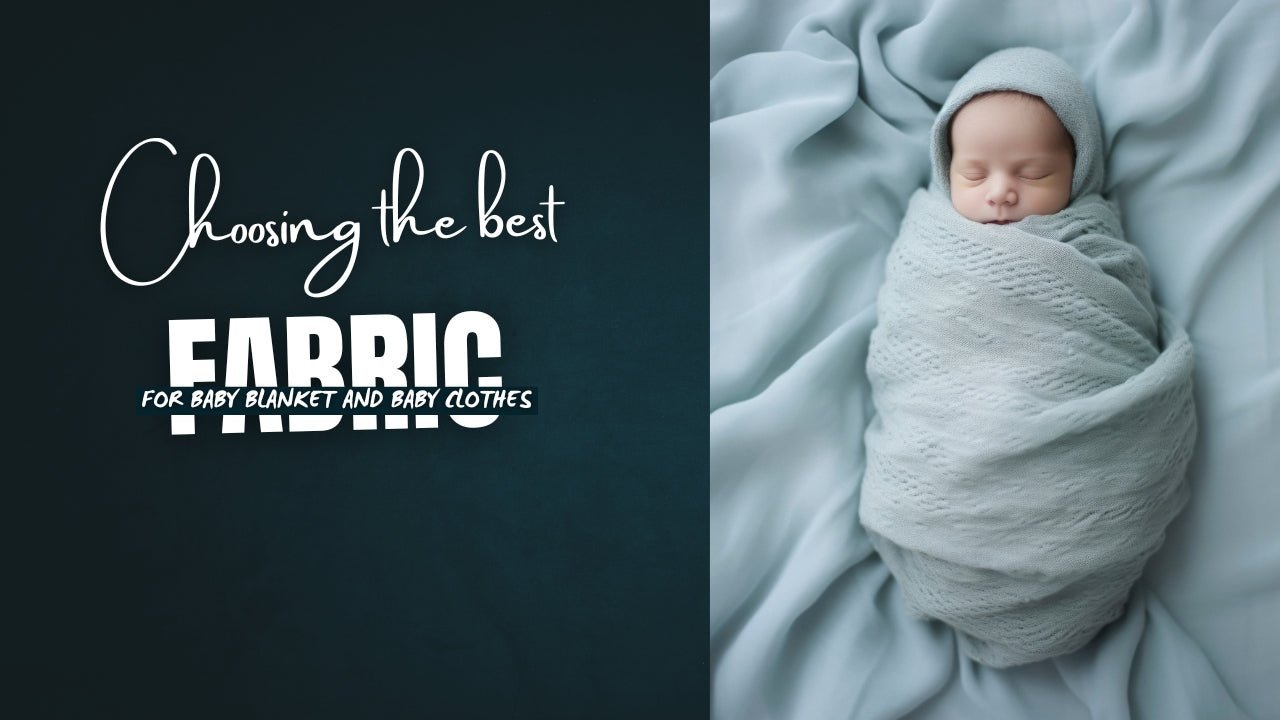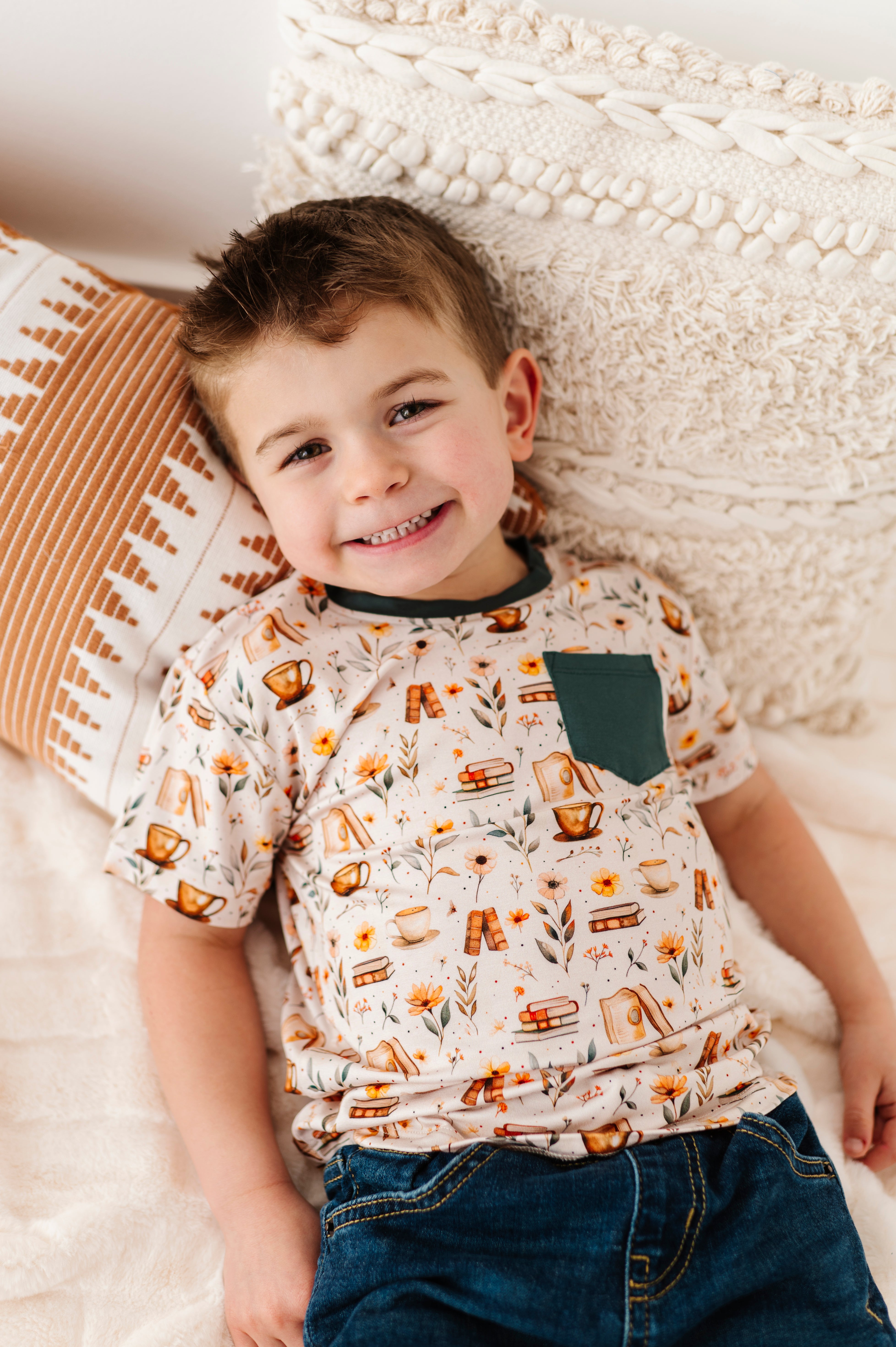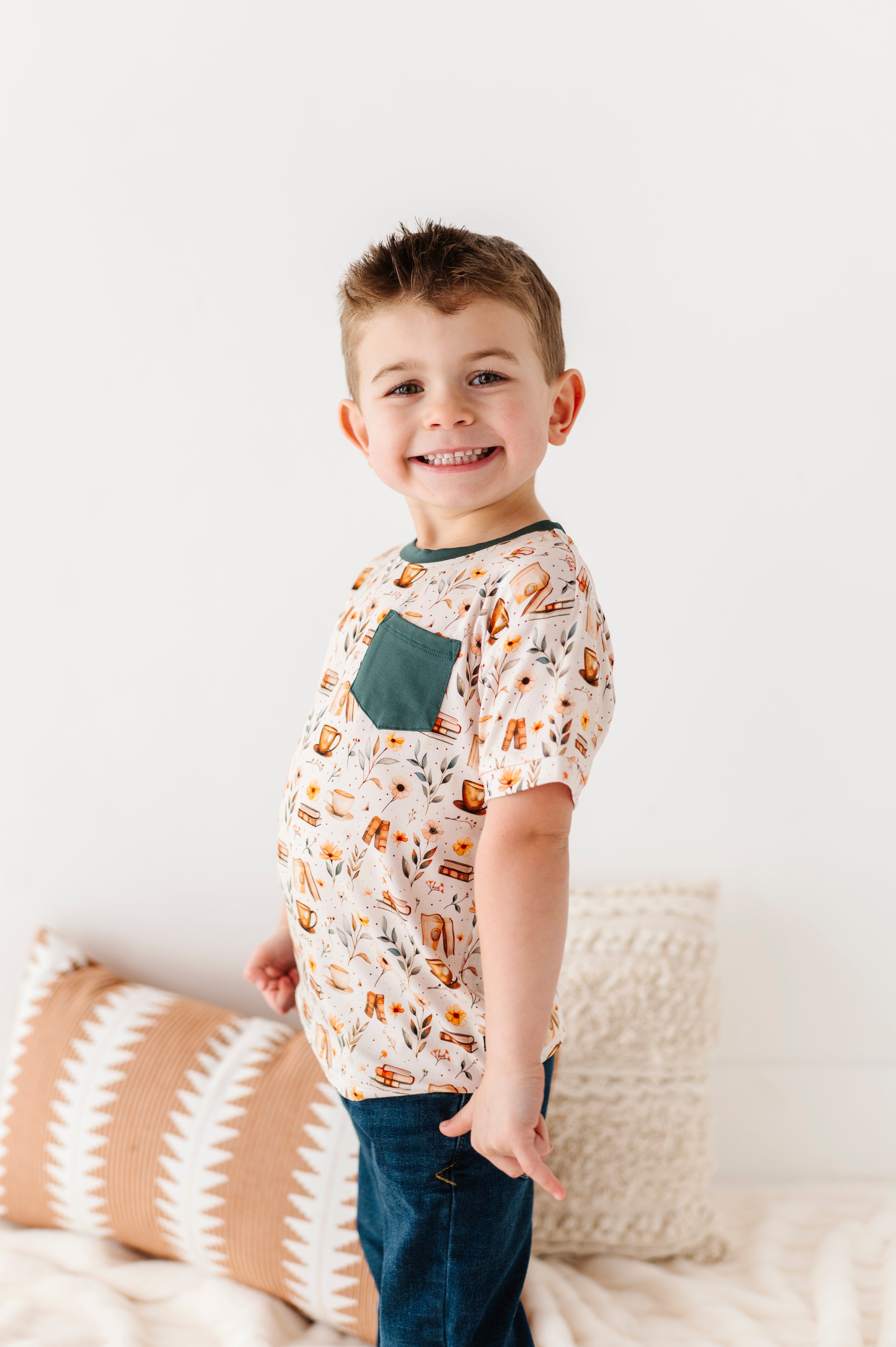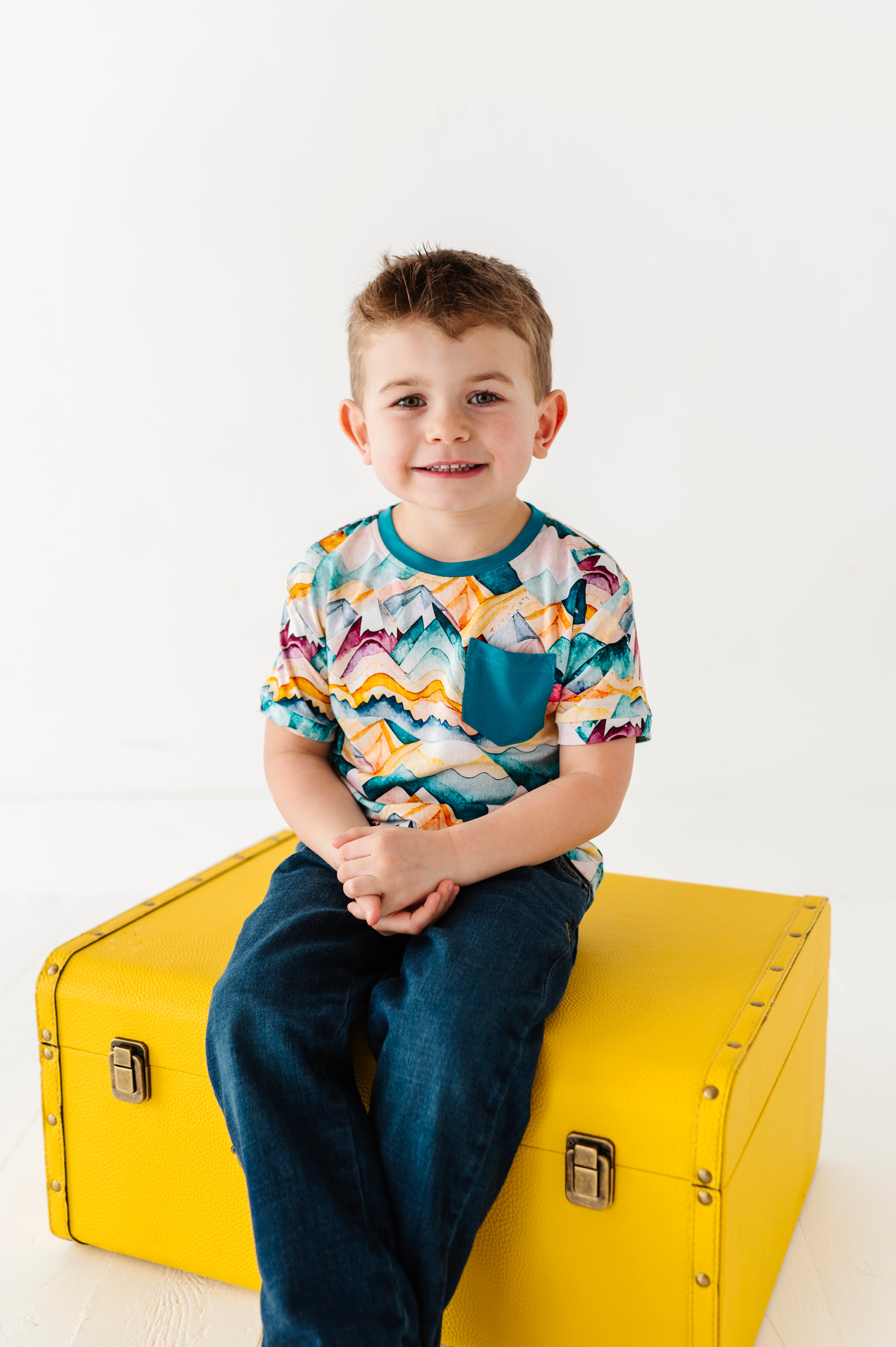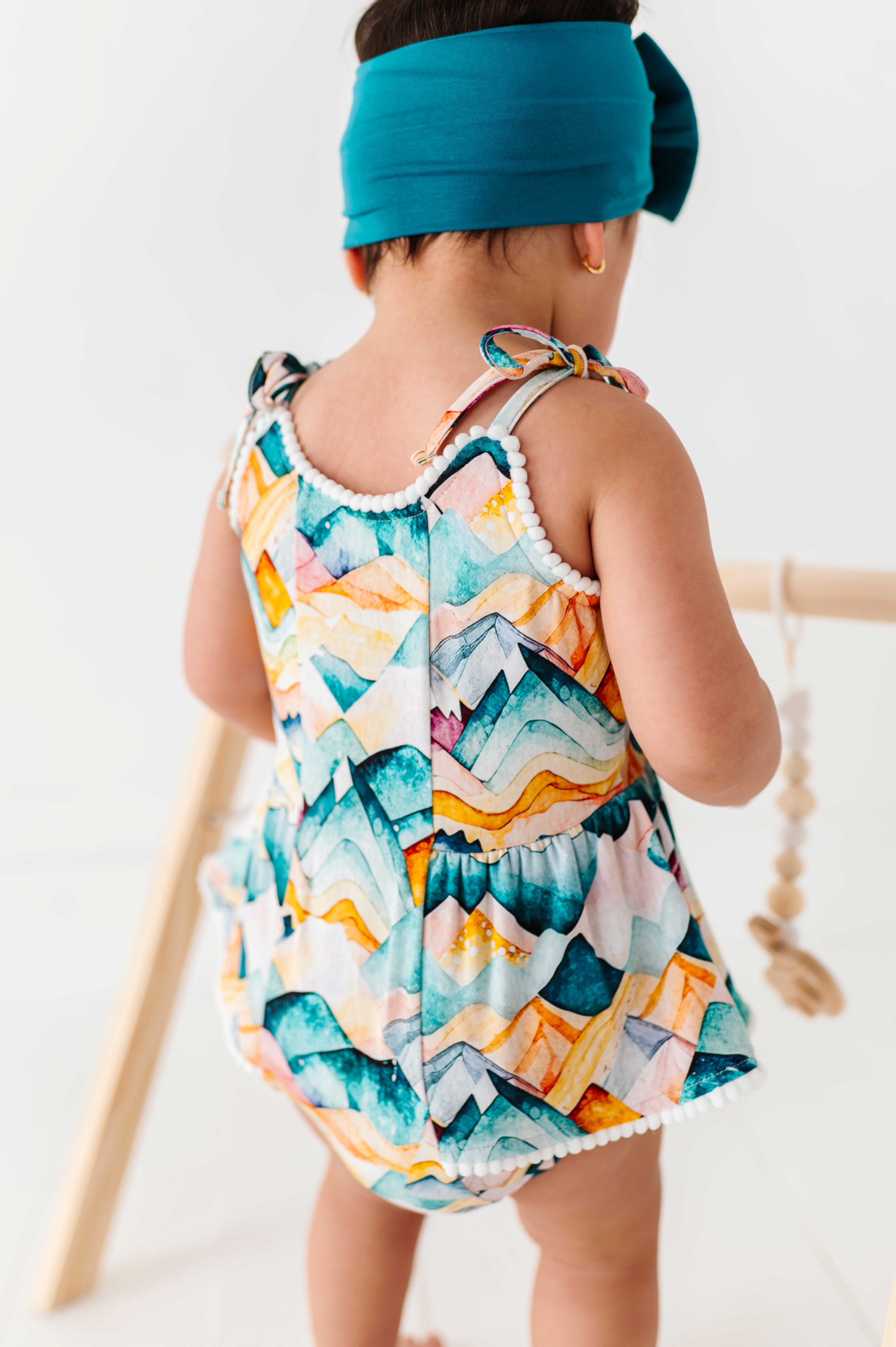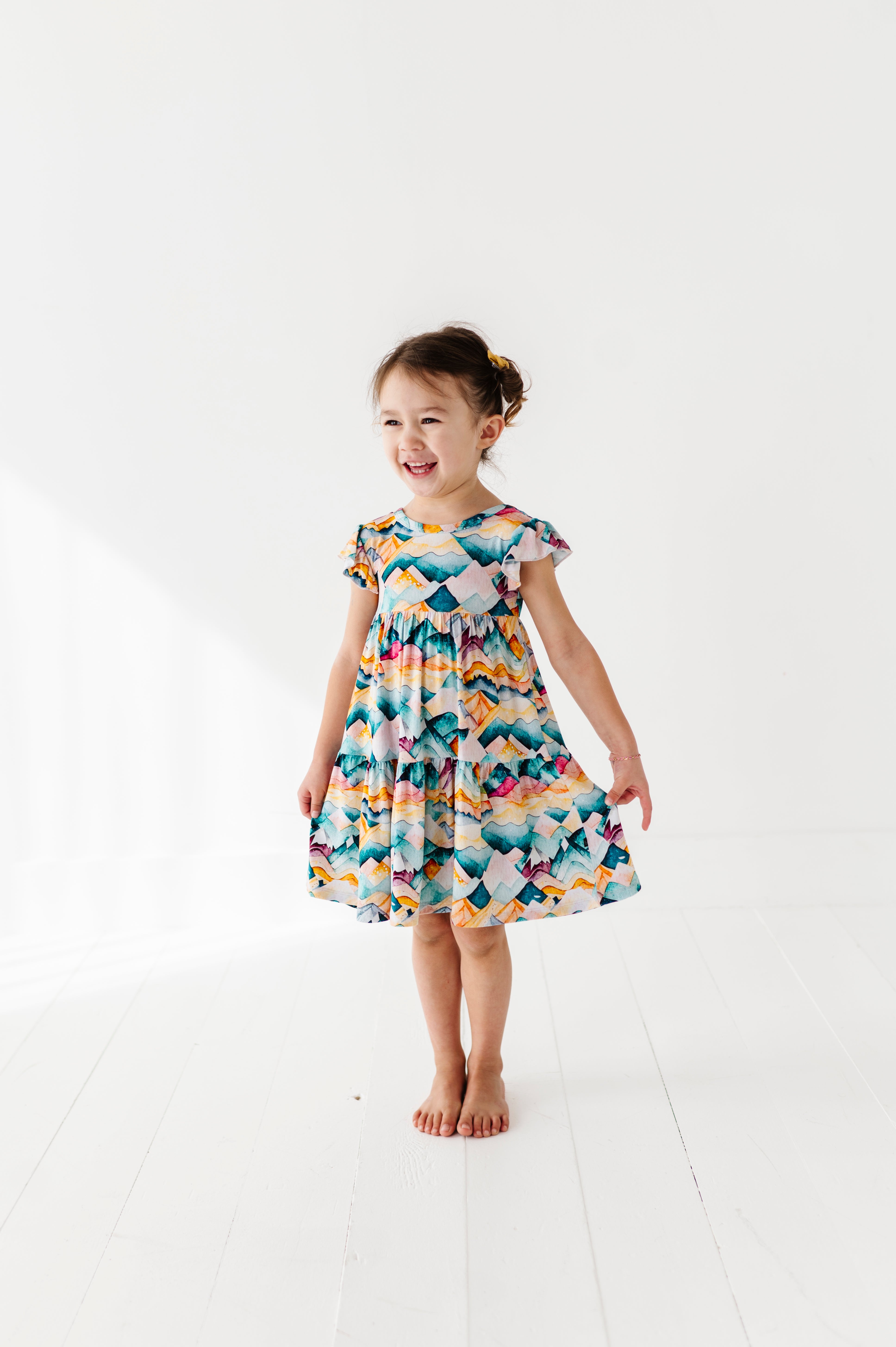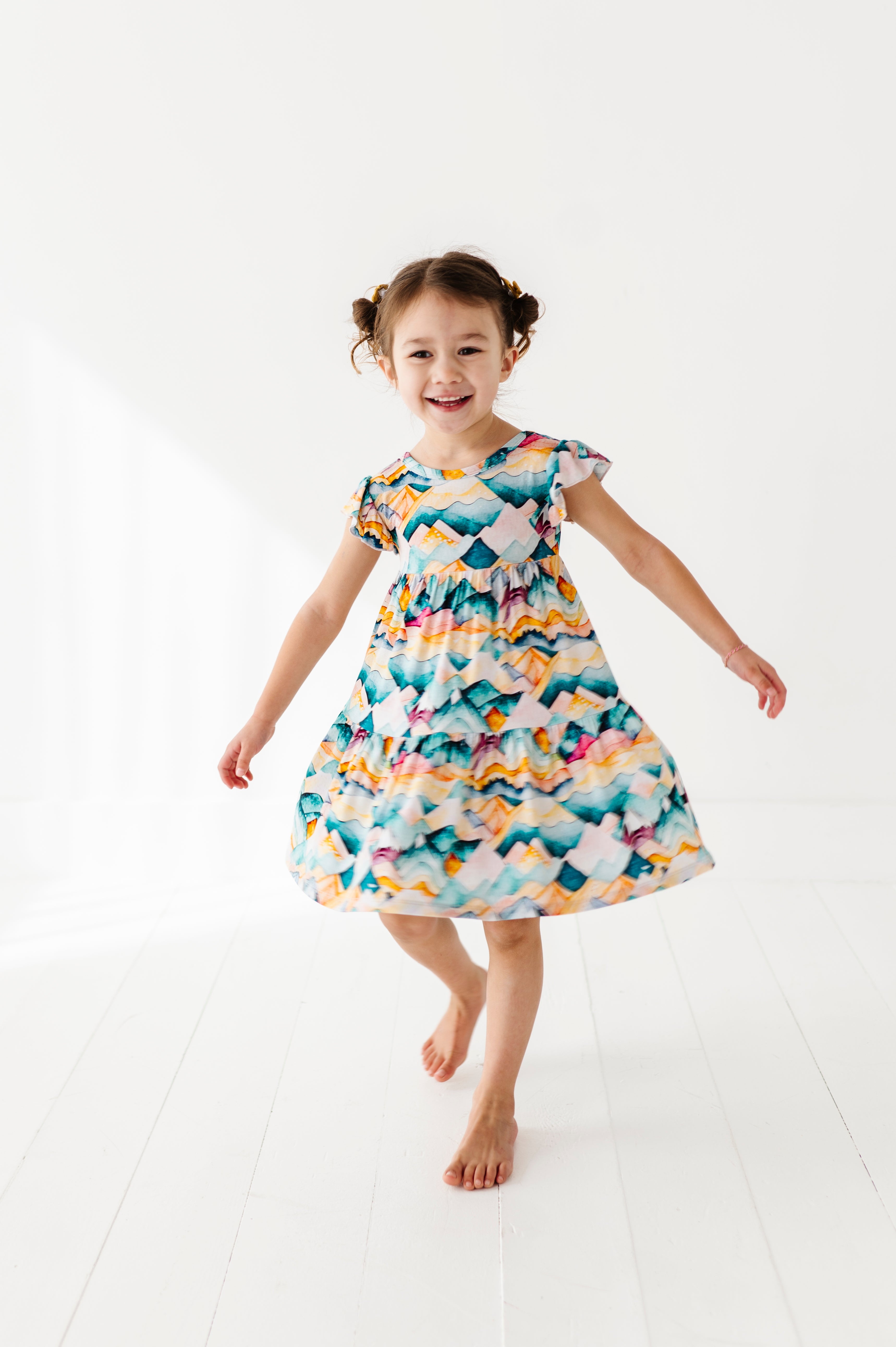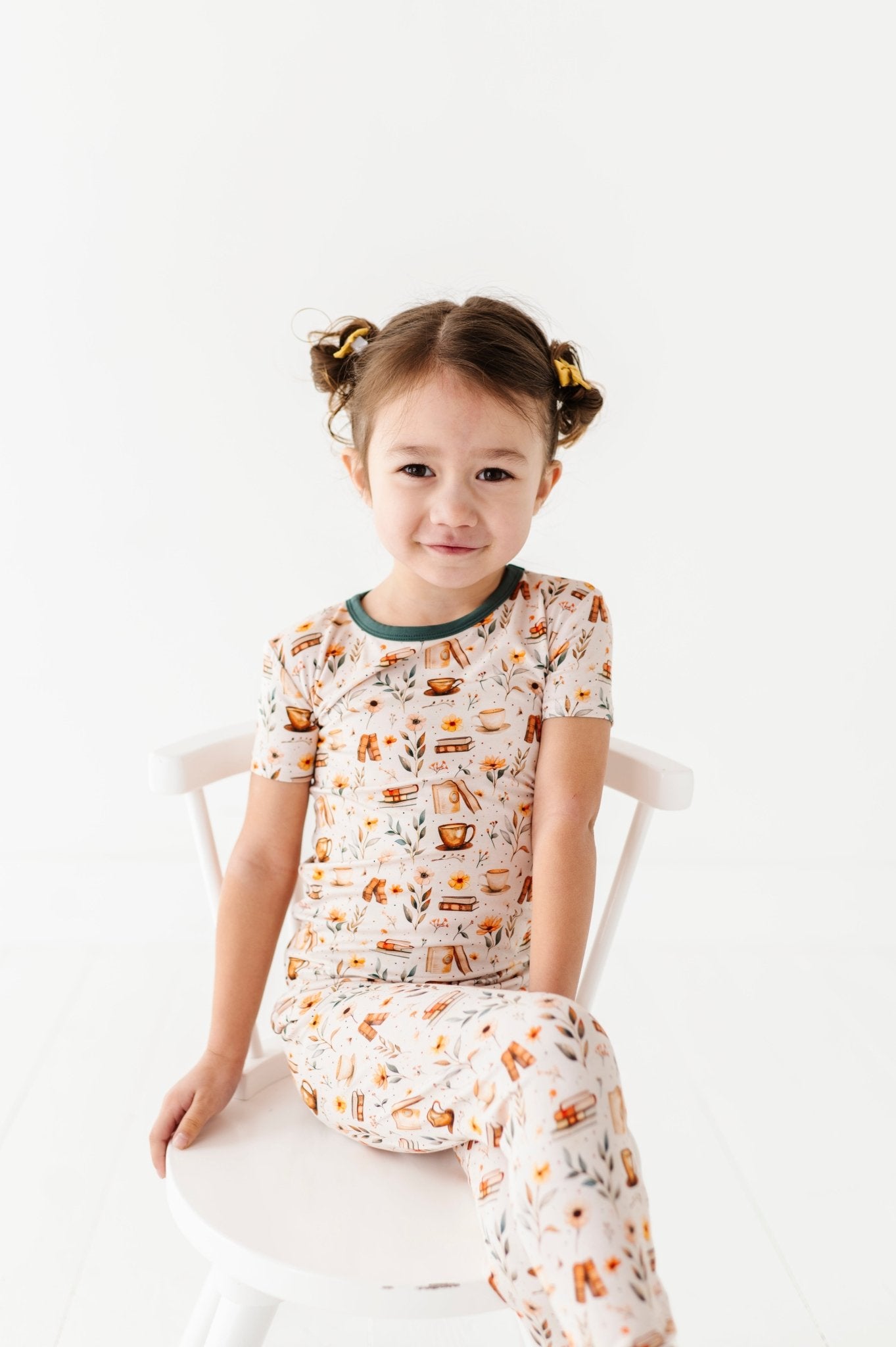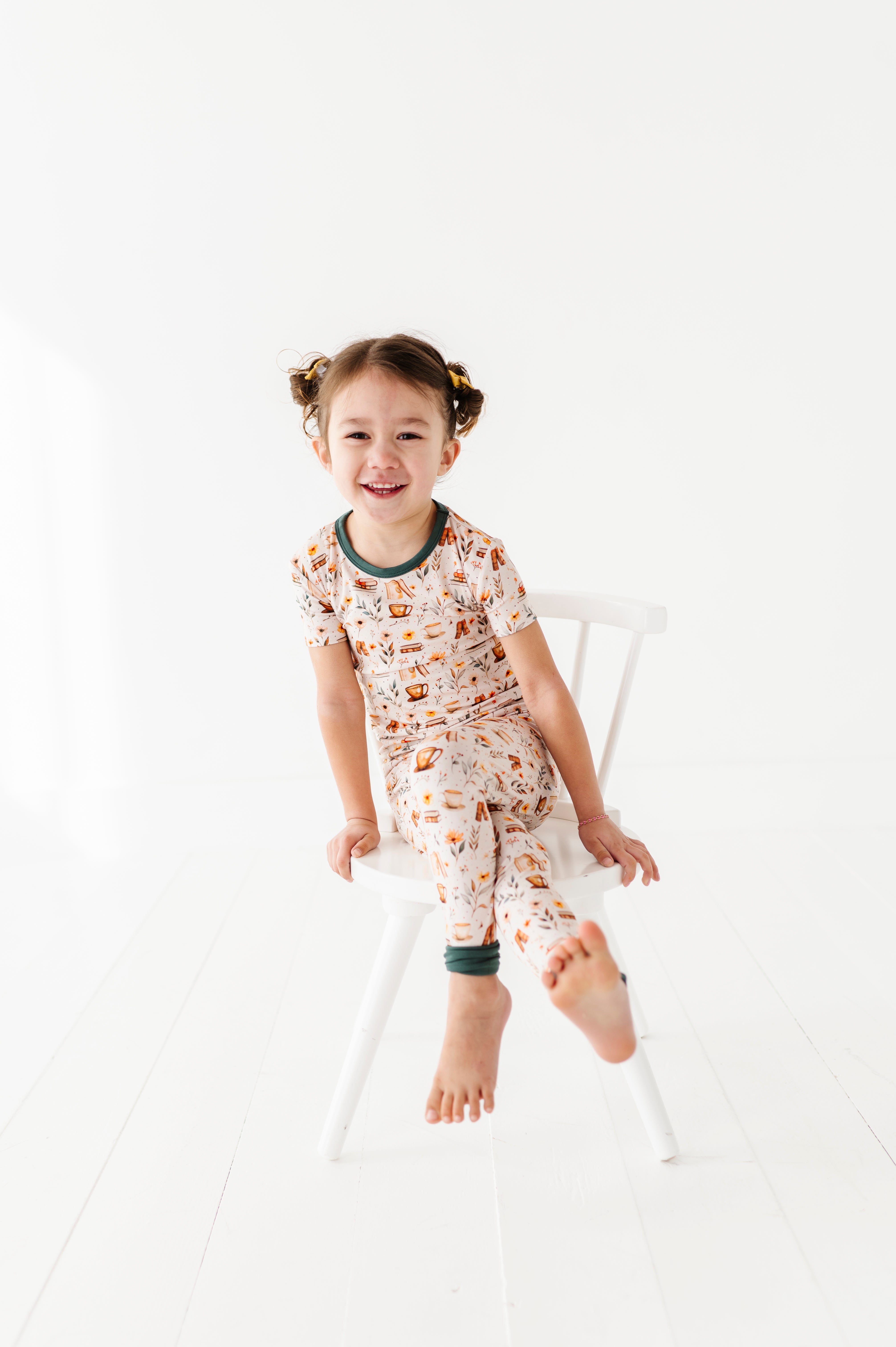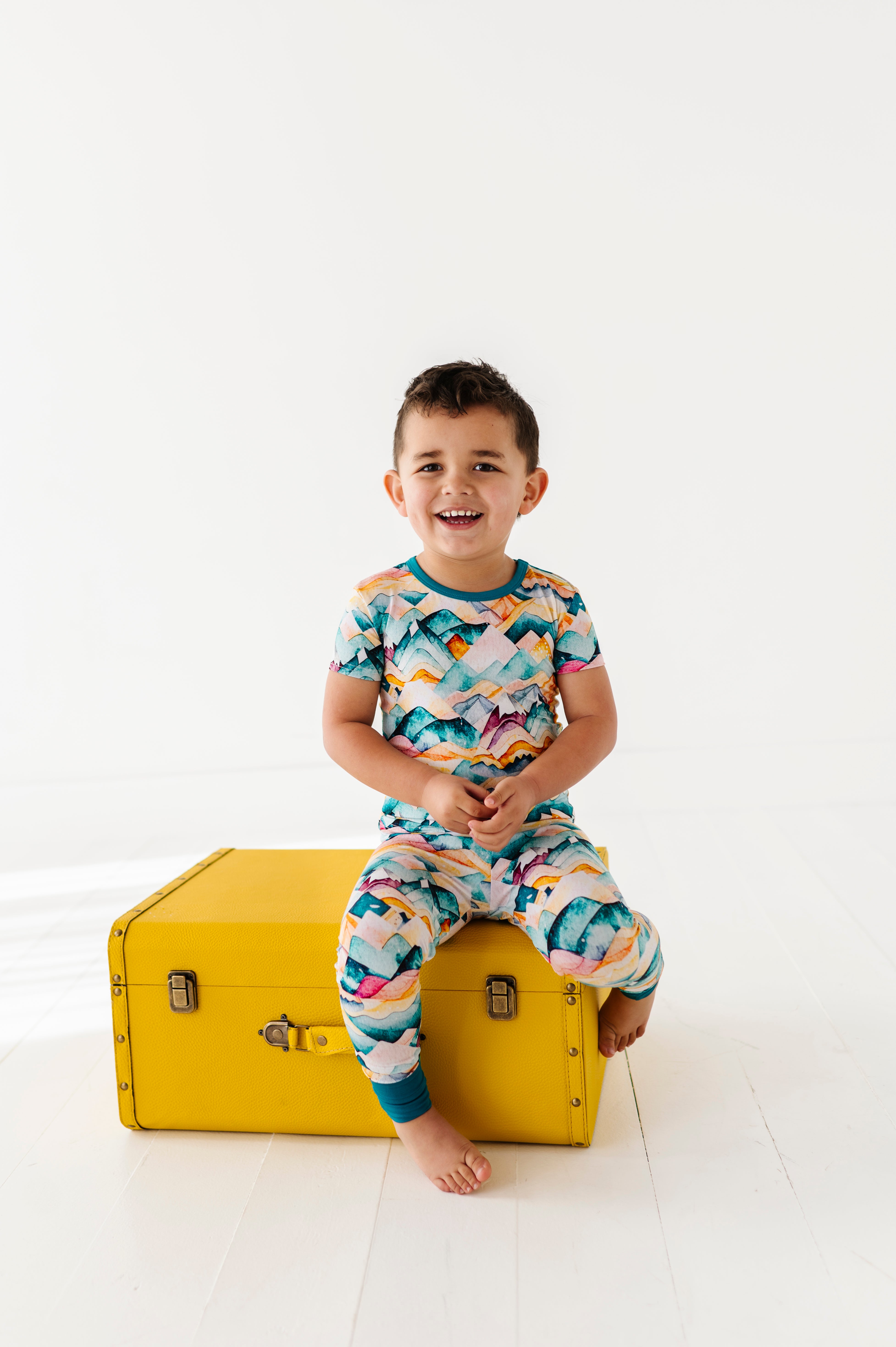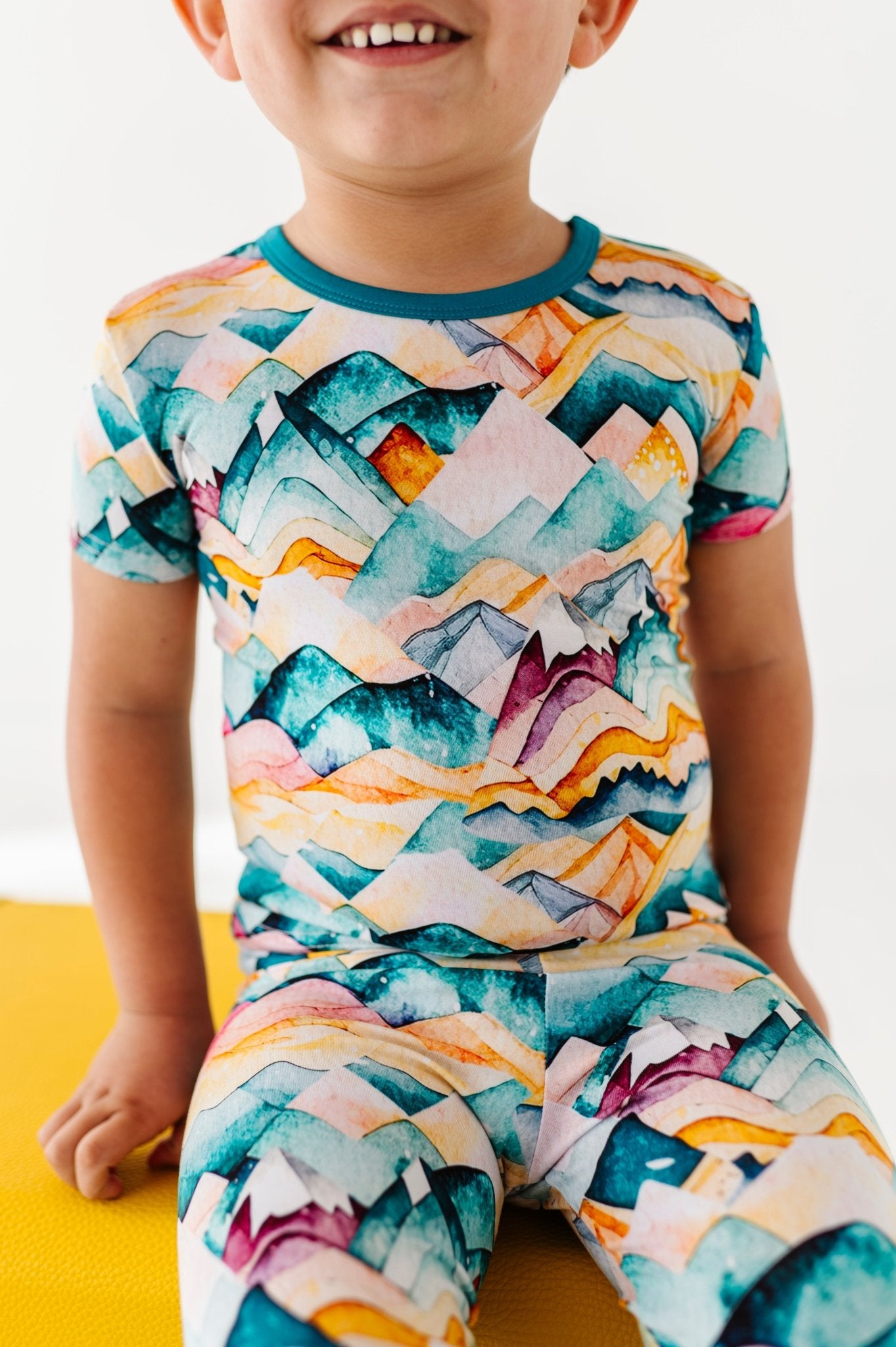A parent must make a key choice when picking products by selecting the best fabric for baby blanket for their baby. Babies need extremely sensitive fabric that stays cool while feeling smooth against their skin. The material for baby blankets must offer good comfort and temperature control while shielding babies from rough surfaces and overheating.
Given the many types of blanket materials, it is essential to identify which ones work best as baby clothing and protective bedding choices. The suitable materials include organic cotton, bamboo, and wool, whereas synthetic fabrics such as fleece and minky guarantee warmth and ease of use. The guide offers complete fabric information that helps parents select suitable materials for their babies and creates blankets that stay dependable and easy to control for their safe comfort.
Why Fabric Choice Matters for Baby Blankets
The fabric choice in baby blankets plays a key role in creating safe and comfortable features that safeguard infant health. The period during which infants remain in their blankets largely determines which fabrics work best to achieve proper comfort. Parents must pick fabrics that protect new babies because choosing the wrong fabrics might result in heat discomfort and skin irritation.
How Fabric for Baby Blankets Affects a Baby’s Comfort and Warmth
The selection of blanket fabric directly influences baby comfort since it dissipates or retains body heat during day and night periods. Babies need delicate body materials that must combine softness with breathing properties to maintain proper temperature regulation. The perfect baby blanket features appropriate temperature regulation by insulating warmth in conjunction with ventilation, preventing heat discomfort.
On warm days, natural fiber baby bedclothes from cotton and bamboo aid in temperature regulation since those linens keep babies snuggly when it’s cold but allow airflow to stave off dampness when it warms up. Wool baby blankets deliver a perfect combination of warmth that does not capture unnecessary heat, which makes them optimal for cold months. The immediate heat retention properties of fleece or polyester materials in baby blankets create heat-trapping effects that may make babies unsafe by overheating their bodies.
Fabric choice determines how easily infants can rest at night. Bedding made of organic cotton or bamboo provides a peaceful sleep environment that stops unplanned movements caused by skin discomfort and excessive warmth. Parents need to analyze how various blanket materials can affect their baby's body regulation and comfort during their selection process.
The Impact of Fabric on Babies' Sensitive Skin and Allergies
A sensitive baby's skin requires soft fabrics to provide hypoallergenic protection and breathability. Baby skin is more sensitive than adult skin. Chemical ingredients and dyes present in materials trigger allergic reactions and cause skin irritation. A perfect material for baby blankets should have two fundamental characteristics: toxin-free design and daily comfort.
For babies' sensitive skin, organic cotton, wool, and bamboo are the best fabrics because they consist of merely pure natural fibers without additional artificial components. Natural fibers are never water-retaining because their texture renders them air-permeable and not water-retaining, which is agitating to the skin. Bamboo fabric is a better fabric for producing baby clothes and blankets because it contains an antibacterial property in addition to its naturally hypoallergenic properties.
The chemical reactions used to manufacture polyester and fleece create potential allergenic factors that cause skin irritation. Synthetic fibers lack the skin-friendly breathability of natural fibers, which rules out skin issues that could affect delicate skin. Parents should choose baby and swaddling blankets that stay on their child without causing skin problems.
The Difference Between Natural Fibers Like Cotton and Synthetic Fabric
Parents must evaluate the differences between natural fibers and human-made fibers when selecting fabric for baby clothes ensuring the best choice for their little ones. Products made from natural fibers sustain airflow while feeling comfortable on baby skin and posing no threat to infants. The use of synthetic fabrics for clothing often needs chemical additives to become stronger and feel smoother.
Soft cotton and wool materials make the best baby blankets and clothes since they let air flow through them while remaining safe for sensitive skin. Because of this, they are used as the main material as the natural fiber cotton used has very high durability while providing softness and ease of care, making it an excellent choice for baby clothes.
Bamboo cotton baby blankets are amazing options for parents as the material remains light with excellent moisture-wicking properties while remaining very soft. The natural wool fiber is efficient in keeping babies warm while their skin remains behind to facilitate breathing, hence preventing heat retention.
Natural fibers are more breathable than fleece, polyester, and minky fabric because they are made to be durable and thermally retaining. While a fleece blanket is warm, its thermally retaining property makes it unsuitable for baby blankets in the summer. Baby clothes and baby blankets are more likely to incorporate polyester because it is cheap and long-lasting but annoying to sensitive skin than cotton or bamboo. The selection of baby blanket material must start with cotton and bamboo because these natural materials create a material that is safe and cozy for babies.
Now, let’s explore the best fabric for baby blankets and baby clothes.
Natural Fabrics: The Best Fabric for Baby Blankets
Natural fibers work the best as baby blankets as they are breathable, soft, and chemical-free. Organic cotton, wool, and bamboo help in maintaining the baby's body heat at the optimal level and are also kind to the skin.
Organic Cotton: A Top Pick for Baby Clothing and Blankets
Organic cotton is a garment fabric in the majority of baby garments and baby blankets. Organic cotton baby blankets are a friendly-textured blanket for skin since the farmers sow the cotton without resorting to man-made farming chemicals or pesticides. Parents opt for organic cotton because it is an excellent option for sensitive skin due to its hypoallergenic texture, softness, and lightness. Organic cotton stays touch-smooth, thus providing sufficient protection against sensitivity to baby skin and still maintaining the capacity to provide air circulation for temperature regulation.
Natural cotton fibers permit air circulation more than man-made fabric, thus assisting in regulating the body temperature of the baby through various seasons. Cotton-blended materials make durable and soft items that are ideal baby blanket selections. Organic cotton is the prime material with which most of the receiving blankets and the swaddling blankets found in the market are constructed. Receiving blankets can be utilized by newborns as burp cloths, lightweight stroller covers, and snug wraps. Swaddling blankets constructed either from cotton or bamboo fibers and presented to babies enhance their sleeping conditions immensely.
Bamboo Fabric: A Soft and Sustainable Fabric for Babies
Due to its soft and breathable nature, bamboo fabric makes an ideal baby blanket and is also environmentally friendly. The environmentally-friendly material comprises bamboo fibers joined together to create a soft and breathable product for babies. Because bamboo fabric holds heat, it functions just as well in winter as in summer. Its excellent capacity to soak up moisture dries out the babies and is hypoallergenic in nature, calming them. All these make the bamboo material highly appropriate for use as babywear, particularly in the event that the baby has sensitive skin. Bamboo fabric is more tender than cotton fabric and, therefore, ideal for parents desiring the soft and gentle fabrics used to make baby apparel. Bamboo fabric is cozy and tender and stays the same after lots of washes because it has high performance.
Wool: A Natural Fiber That Keeps Babies Warm
Natural woolen fabric is an excellent insulator and is hence perfectly suited for baby blankets in cold regions. Woolen baby blankets have a double advantage: They maintain the proper body temperatures by holding winter warmth but simultaneously permit airflow so that the babies are neither overheated nor too cold. The newborn skin will not be offended by the use of wool, some of which, such as Merino wool and cashmere, introduce softness and air porosity. Natural fibers are required by newborns, which are warm and provide them with a secure fit that will be up to the task for the day. The wool fabric allows it to endure typical washing procedures and daily use. Hand washing and drying processes, such as those used in woolen baby blankets, retain their shape and softness. Although wool is a natural fiber with natural properties, it remains the best fiber to warm and soothe a baby.
Synthetic Fabrics: The Best Choice for Warm and Plush Blankets
Baby blankets usually use cotton or bamboo fiber, yet manufacturers can make them from synthetic fabrics instead. During wintertime, fleece and minky fabric prove suitable choices due to their lightweight strength and warmth. Parents should select synthetic baby blanket materials that breathe well and prevent skin sensitivities.
Fleece: A Cozy and Soft Baby Blanket Material
Synthetic polyester-based textile fleece is special in terms of its resistance, softness, and retention capability. Fleece fabric is utilized by baby blankets as the ideal material because of its ease of use and warmth. The greatest advantage of fleece baby blankets is that this light fabric can envelop bodies warmly, making them suitable for cold winter seasons. Baby skin remains dry as the fleece fabric is not water-soluble. Synthetic fleece material is not permeable to air like natural materials like cotton or bamboo; therefore, it tends to get extremely hot when worn in hot climatic conditions.
Minky Fabric: A Plush and Cozy Fabric for Babies
Minky is an ideal product for use on baby clothing and blankets because it is such a soft man-made material. Polyester fibers comprise the base product that offers very delicate contact and is suitable for sensitive skin found in infants. Parents adore the use of minky fabric on their babies because it is so soft and the perfect cloth to use for blankets. The minky fabric stays plush after a few wash cycles, contrary to cotton, which is light or fragile. Unlike cotton, this material does not pass air very well. It is good at retaining heat but only under icy weather conditions.
Looking for the best baby clothes fabric? Opt for breathable and hypoallergenic material!
Key Factors to Consider When Choosing the Best Material for Baby Clothes and Blankets
Acquiring the optimal fabric for baby blankets requires more than comparing natural versus synthetic materials. The safety, comfort, and durability of fabrics depend on multiple essential elements when prioritizing materials for a baby’s sensitive skin.
1. Softness and Comfort
For baby skin, the softness of fabric plays an essential role because it creates comfortable conditions that last from morning to evening. The sensitive skin of babies requires tender materials, and therefore, parents must always choose soft fabrics for both baby clothing and blankets. Organic cotton fabric, along with bamboo fabric and Merino wool, provide ideal choices because they deliver both a comfortable touch and gentleness to the skin.
The softness of soft fabrics accomplishes the task of reducing irritation by giving baby clothes and baby blankets a smooth feel against the skin. The natural fibers of bamboo and cotton become even softer after each washing cycle. Thus, they have become ideal materials to employ in baby clothes and blankets. A soft-textured fabric offers both breathability and warmth inside baby swaddling blankets, and the additional receiving blankets allow babies to always feel secure.
2. Breathability
A fabric that yields enough air circulation allows a baby to stay comfortable under all climate conditions without building heat inside their body. Babies require air-permeable fabrics because they cannot regulate their body temperature as effectively as adults can. If dressed in organic fiber clothing like cotton or bamboo, the babies would adapt better, and their sweat would not band up on the skin because it would be drawn to the outer part of the fabric. A Ventilating material differs from man-made fibers as it controls baby temperature and heat in summer as opposed to winter. A knit design with large openings in the fabric weave provides better ventilation, which makes knit baby blankets an ideal product selection. The safety and comfort of the baby depend heavily on selecting breathable fabrics for all weather conditions.
3. Hypoallergenic Properties
Because newborns possess sensitive skin, it becomes vital to select hypoallergenic materials that minimize allergic reactions to the skin. Organic cotton and bamboo, and Merino wool fabrics naturally avoid allergens because they create a gentle surface that stops rashes from developing alongside unpleasant discomfort. The selection of organic and untreated materials represents a secure option because synthetic fabrics often contain elements that create skin allergic reactions. Carefully crafted wool baby blankets use Merino wool to maintain proper temperature control and provide skin-friendly comfort. Babies need fabric items made of toxin-free materials because this material yields harmless options for clothes and blankets.
4. Durability and Easy Care
A fabric that resists washes and spills due to baby mess should be selected. Parents would prefer baby blanket fabrics that stay breathable and offer a gentle touch since they have to be washable by machines. Bamboo fabric, combined with cotton, is a good fabric since it does not lose its gentleness when undergoing successive washes, compared to wool blankets that need extra care. Cotton and bamboo baby blanket maintenance remains simple since such fabrics become softer every time they are washed, and no special hand-washing procedures used for wool blankets are necessary. Parents need to select baby clothing fabrics and blankets based on their ability to stay durable and resist normal wear so these items can survive multiple wash cycles. Choosing a baby blanket that maintains its gentle but firm quality is essential for long-lasting usage.
5. Safety
Newborn safety calls for the selection of the most suitable fabric when selecting a baby blanket. The material of the baby blanket should be made of materials that contain no toxic chemicals or flame retardants and no skin allergy-causing artificial colors. Natural fiber materials, especially cotton blended with bamboo, provide the best options because they possess anti-toxicity, air permeability, and skin-friendliness. Parents need to check for the GOTS or OEKO-TEX certification in baby clothes to ensure safety standards for babies. Your baby's clothing should have no loose strings or trimmings that could be harmful if swallowed, ensuring safety in fabric for your baby. Choosing suitable fabrics enables parents to protect their babies both from harm and provide comfortable conditions at every hour.
Conclusion: Choosing the Best Fabric for Your Baby’s Blanket
Selecting the best material for baby blankets is a decision of paramount importance that determines the factor of comfort, as well as the safety and warmth of the infant. Select a material that is light, airy, and hypoallergenic for use on baby blankets because such features protect the baby from skin irritation. Organic cotton, along with bamboo and wool, are the best choices due to their smooth feel when touched while wicking away moisture nicely and also due to their ability to regulate body temperature during different seasons. Organic cotton, bamboo, and wool are the best choices for baby blankets since they don't contain dangerous chemicals and give skin-friendly comfort to sensitive babies. The insulation and warmth offered by synthetic materials like fleece and minky fabric make them suitable for colder climates and parents who need quickly washable materials that can withstand several washing cycles. Parents should select breathable fabrics to prevent the use of chemicals and ensure that heat is not trapped and skin irritation is avoided. When choosing baby blanket material, parents have to study their baby's requirements as well as allergies and surroundings to determine the best fabric for baby blanket that offers ultimate comfort to their baby. The appropriate material choice enables parents to have their baby safely and comfortably for each second.
Selecting the right blanket fabric is key to keeping your baby comfortable all year round. Make the wise choice today!
